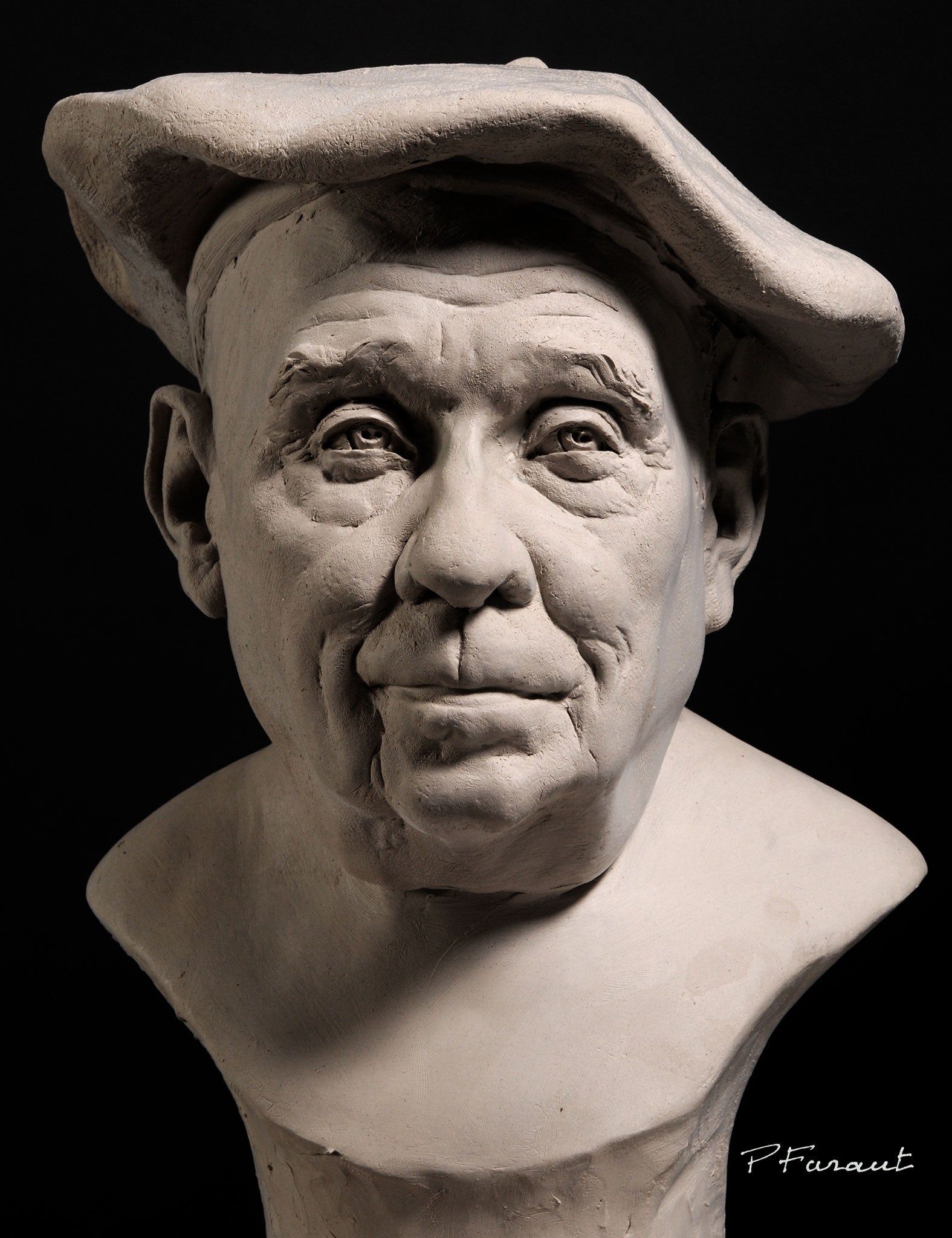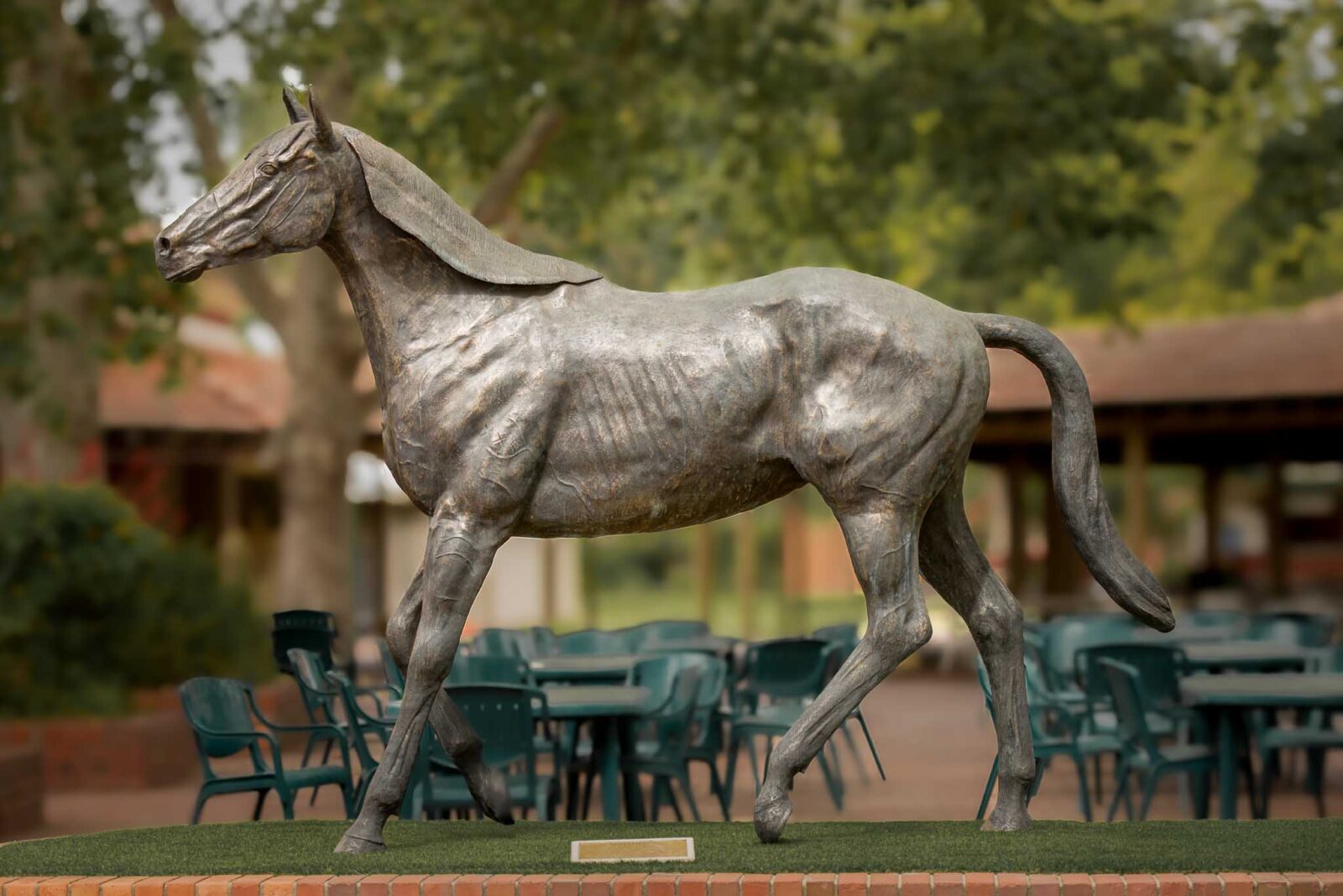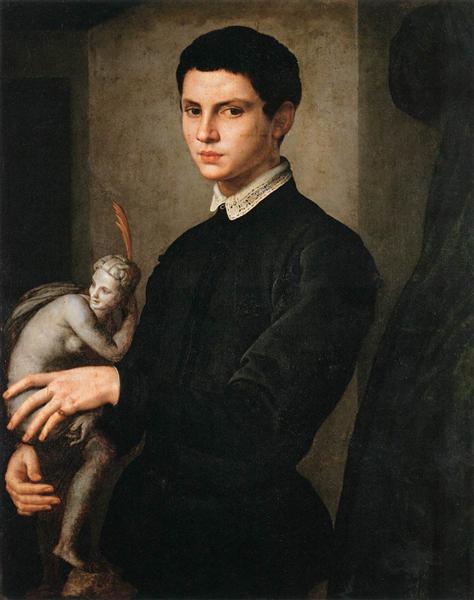Beyond Boundaries: Contemporary Sculptures Redefining Perspectives
Wiki Article
The Impact of Nature in Sculpture Art
The influence of nature in sculpture art is a topic that has actually mesmerized musicians throughout background. From old people to modern artists, the environment has acted as a profound resource of ideas. This influence is obvious in the organic forms and shapes that are frequently found in sculpture, mimicking the contours and shapes of nature. Carvers likewise explore texture and products in their work, seeking to recreate the responsive qualities of the natural world. Importance of all-natural aspects is an additional method which nature affects sculpture, as artists imbue their developments with the definition and associations integral in these aspects. The environment itself, with its landscapes, plants, and fauna, is typically reflected in sculptures, providing a link to the globe around us. Eventually, sculpture art has the power to record the transience of nature, cold a moment in time and permitting us to appreciate its elegance .Organic Forms and kinds
Organic forms and kinds, motivated by the harmonious frameworks and complex patterns discovered in nature, play an essential function in the realm of sculpture art. Sculptors have actually long been astounded by the beauty and intricacy of the environment, finding inspiration in the elegant contours of a seashell, the delicate petals of a blossom, or the turning branches of a tree. By imitating and abstracting these natural types, artists have the ability to develop sculptures that evoke a sense of consistency and balance.One of the factors organic forms and forms are so common in sculpture art is their ability to get in touch with customers on a deep emotional degree. The environment recognizes to us all, and when we see these forms stood for in art, it generates a sense of comfort and acknowledgment. It reminds us of our place in the grand system of things and allows us to connect with something higher than ourselves.
In addition, organic kinds and shapes in sculpture art frequently personify a sense of movement and power. The flowing lines and vibrant compositions simulate the constant activity and development discovered in nature. This creates a sense of vigor and brings sculptures to life, making them appear as if they can continue to advance and change prior to our eyes.
Appearance and Material Expedition
A significant element of sculpture art influenced by nature is the exploration of appearance and products through using various methods and tools. Artists usually draw motivation from the diverse appearances found in the natural globe, such as the harsh bark of a tree, the smooth surface of a pebble, or the detailed patterns on a fallen leave. By incorporating these structures right into their job, sculptors can produce a responsive experience for viewers, welcoming them to engage with the artwork on a sensory degree.Appearance can be achieved in sculpture through a range of methods. Some musicians pick to carve or sculpt directly into the selected product, creating a three-dimensional surface that simulates the appearances located in nature. Others might employ techniques such as molding or casting to capture the details of organic structures. Furthermore, musicians might explore various products, such as wood, steel, rock, or clay, each using its very own unique texture and aesthetic appeal.
Product expedition is likewise a considerable component of sculpture art influenced by nature. Musicians may venture into undiscovered region, choosing brand-new materials that stimulate the essence of the environment. They may include natural aspects like branches, leaves, or even soil into their sculptures, blurring the limits between art and the setting. By pressing the limits of standard products and strategies, artists can produce conceptually rich and aesthetically sensational jobs that commemorate the elegance and diversity of nature.
Symbolism of All-natural Elements
The unification of natural environments in sculpture art adds a layer of symbolism and deepness to the art work. By utilizing products discovered in nature, artists are able to imbue their developments with significance that reverberates with audiences on a profound level. Natural environments such as timber, rock, and plants have been made use of throughout history to convey various symbolic messages.Wood, for instance, commonly represents strength, resilience, and growth. Sculptures crafted from this material can evoke a feeling of connection to the earth and the cycles of life. Stone, on the other hand, is frequently related to durability and endurance. Sculptures sculpted from rock can symbolize the timeless nature of particular ideas or ideas.
Plants and blossoms are additionally regularly incorporated into sculpture art, representing themes of appeal, renewal, and growth. The delicate petals and vivid colors of flowers can stimulate sensations of delight, while the linking branches of plants can symbolize interconnectedness and unity.
In addition to these all-natural products, carvers might additionally make use of natural aspects such as water, fire, or wind to further enhance the symbolic message of their artwork. These aspects can represent the transformative power of nature, the flow of time, or the pressures that form our world.

Representations of the Setting
Reflections of the Setting can be seen in sculpture art with the consolidation of natural environments and the portrayal of environmental themes. Carvers commonly attract motivation from the environment, utilizing materials such as timber, rock, and even recycled materials to produce their art work. By utilizing these natural environments, they not just admire the atmosphere yet additionally produce a more powerful connection in between the art work and its environments.In addition to the products used, sculpture art likewise mirrors the setting through the portrayal of environmental styles. Several sculptors choose to portray pets, plants, or landscapes in their job, highlighting the elegance and delicacy of the natural world. These sculptures function as reminders of the significance of protecting our atmosphere and the requirement for lasting methods.

Additionally, ecological sculptures commonly intend to increase understanding about pressing eco-friendly concerns. They function as aesthetic representations of the influence of human activities on the atmosphere, such as logging, contamination, or climate adjustment. By illustrating these issues in their art work, carvers want to inspire visitors her latest blog to do something about it and become more aware of their own ecological footprint.
Catching the Transience of Nature
Sculpture artists better check out the influence of nature by masterfully capturing the ever-changing and ephemeral elements of the environment. With their artistry, these musicians aim to illustrate the fleeting appeal and transience of nature, evoking a feeling of wonder and reflection in audiences.One way in which sculpture artists record the transience of nature is by using products that are themselves subject to degeneration and change. Artists might select to function with organic materials such as leaves, blossoms, or wood, which naturally wear away over time. This intentional selection highlights the brevity of nature and reminds us of the unpreventable cycle of life and death.
Furthermore, sculpture musicians frequently use methods that produce a feeling of movement and fluidness in their job. By incorporating flowing lines and dynamic kinds, they share the ever-changing nature of the natural world. This can be seen in sculptures motivated by wind, water, or the development of plants, where the artist seeks to catch the essence of continuous motion and change.
Moreover, some musicians choose to create momentary or site-specific installments that communicate with the atmosphere. These ephemeral sculptures, made from products such as light, sand, or ice, are intentionally developed to slowly transform or disappear over time. By embracing the transient nature of their creations, artists invite audiences to assess the short lived appeal of the environment and the brevity of human presence.

Conclusion
To conclude, nature has a profound impact on sculpture art. With the usage of natural kinds and shapes, musicians have the ability to stimulate a feeling of all-natural beauty and harmony. Texture and material exploration even more improve the link to nature, as musicians usually include all-natural products right into their sculptures. Importance of all-natural components includes deepness and indicating to the art work, while reflections of the atmosphere capture the essence of nature. Eventually, sculpture art captures the transience of nature and celebrates its long lasting influence.
Symbolism of natural components is another means in which nature influences sculpture, as artists imbue their productions with the meaning and associations integral in these elements.A considerable facet of sculpture art affected by nature is the exploration of appearance and materials with the usage of numerous techniques and mediums (Contemporary Sculptures).Product expedition is also a substantial part of sculpture art influenced by nature.One method in which sculpture musicians record the transience of nature is by making use of materials that are themselves subject to degeneration and adjustment. Appearance and product exploration further improve the link to nature, as artists frequently include natural materials into their sculptures
Report this wiki page